The "equivalent gust" concept is based on the assumption that fluctuations in the structural load, especially the ratio of peak to mean values, correspond to the fluctuations in the incoming wind flow. This assumes, however, that body turbulence has no significant impact on the load in question and that a significant mean load exists. The peak value of the equivalent wind load can then be determined using a mean aerodynamic coefficient and the gust wind pressure on the structure:
where:
p ‾QS : quasi-static equivalent load
c ‾p : mean pressure coefficient
qp : peak velocity pressure (gust wind pressure, DIN EN 1991-1-4:2010-12 [14],[15])
The coefficient used must be normalized to the mean wind velocity pressure at the reference height of the wind tunnel, and topographical features may be accounted for in the peak velocity pressure if necessary. This procedure is commonly applied in calculating force or moment coefficients for line-like structures and can also be used for dynamic analyses of unidirectional fluid-structure interactions in the frequency or time domain. However, this method is unsuitable for facade and surface loads, as the peak-to-mean value ratios on the surface of a structure are not constant.



.png?mw=350&hash=c6c25b135ffd26af9cd48d77813d2ba5853f936c)

















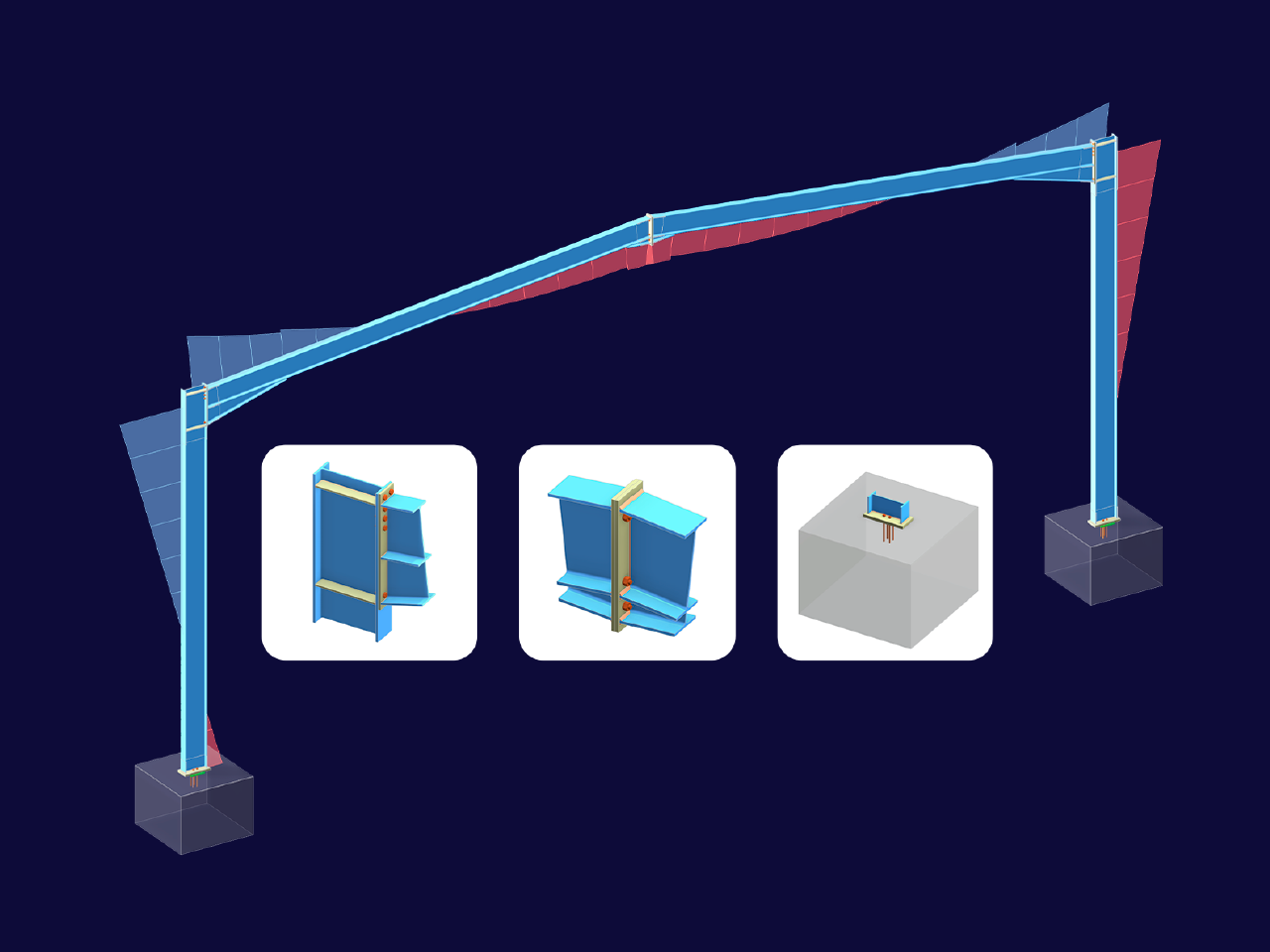
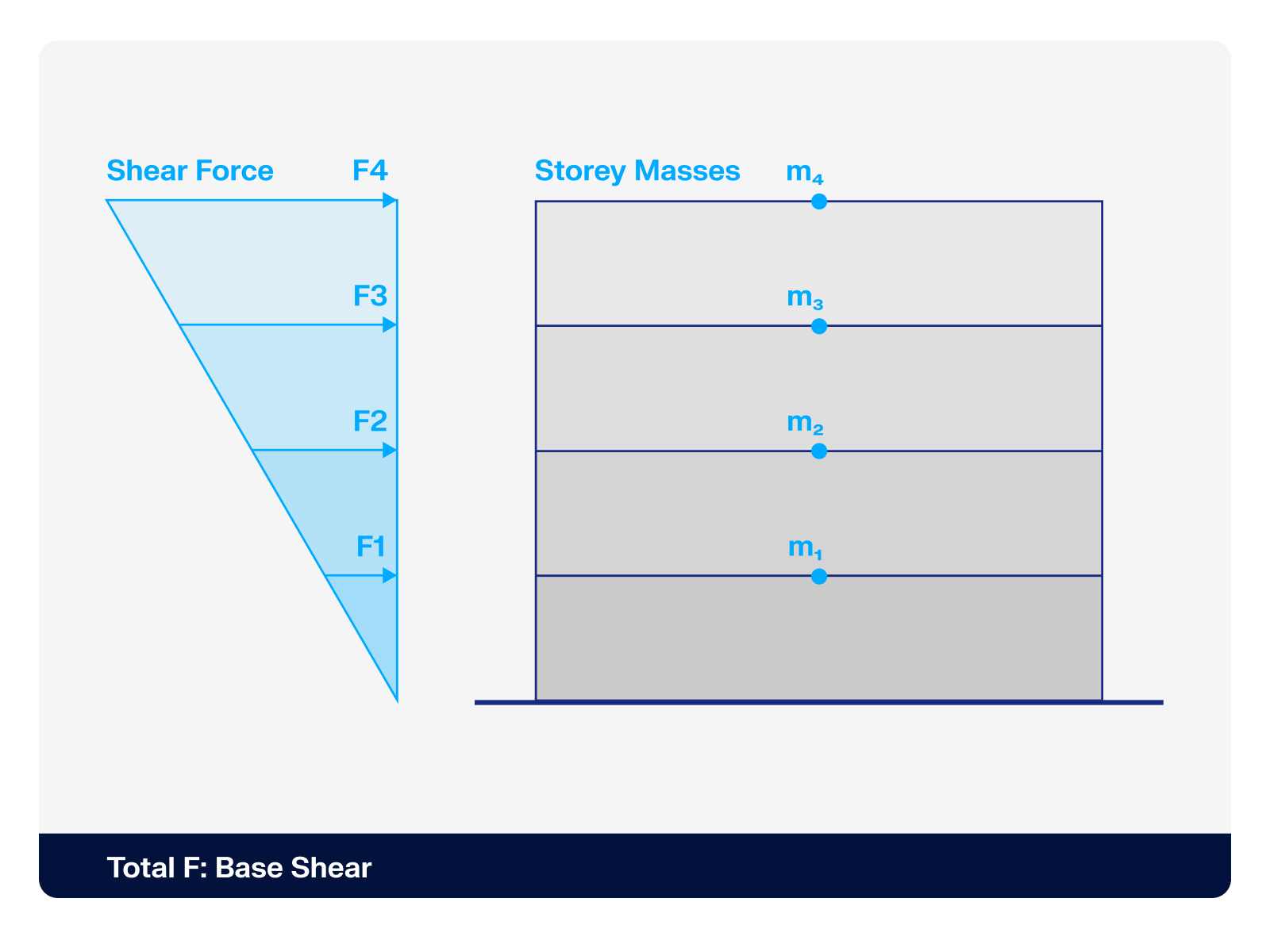.png?mw=512&hash=4a84cbc5b1eacf1afb4217e8e43c5cb50ed8d827)
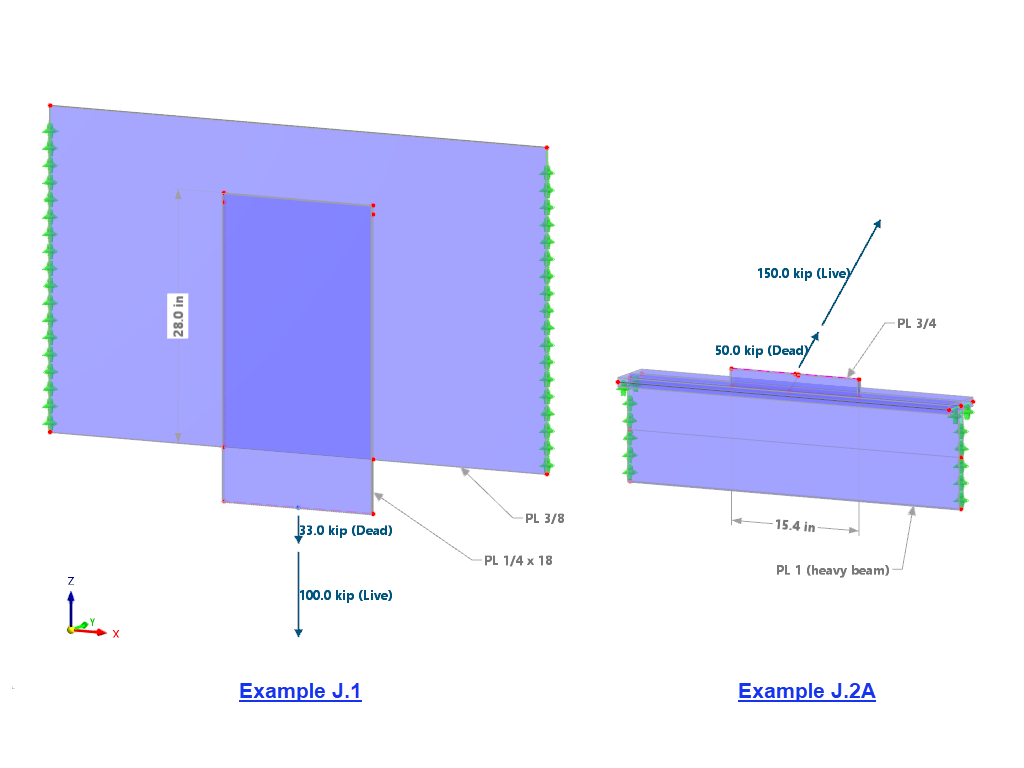








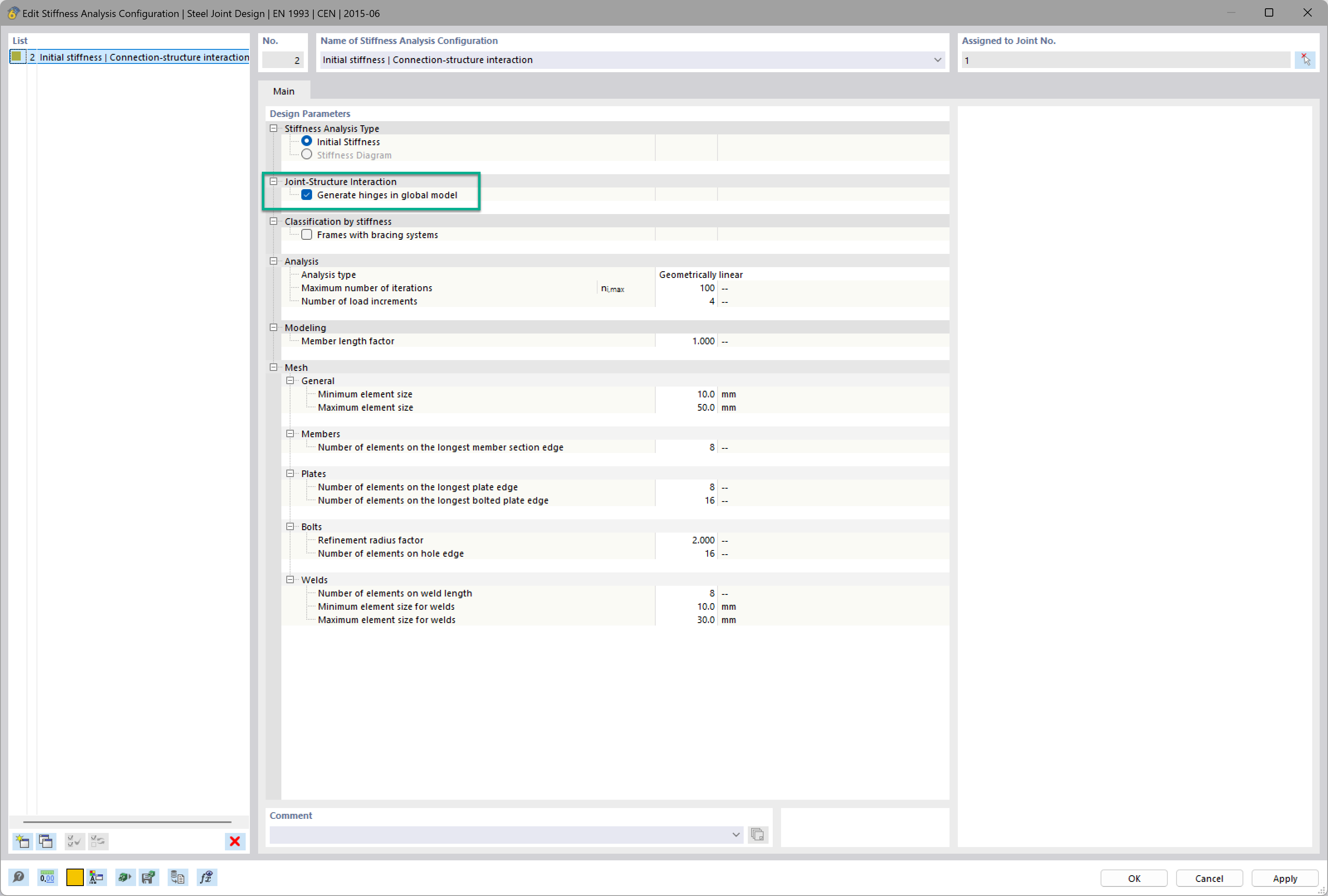
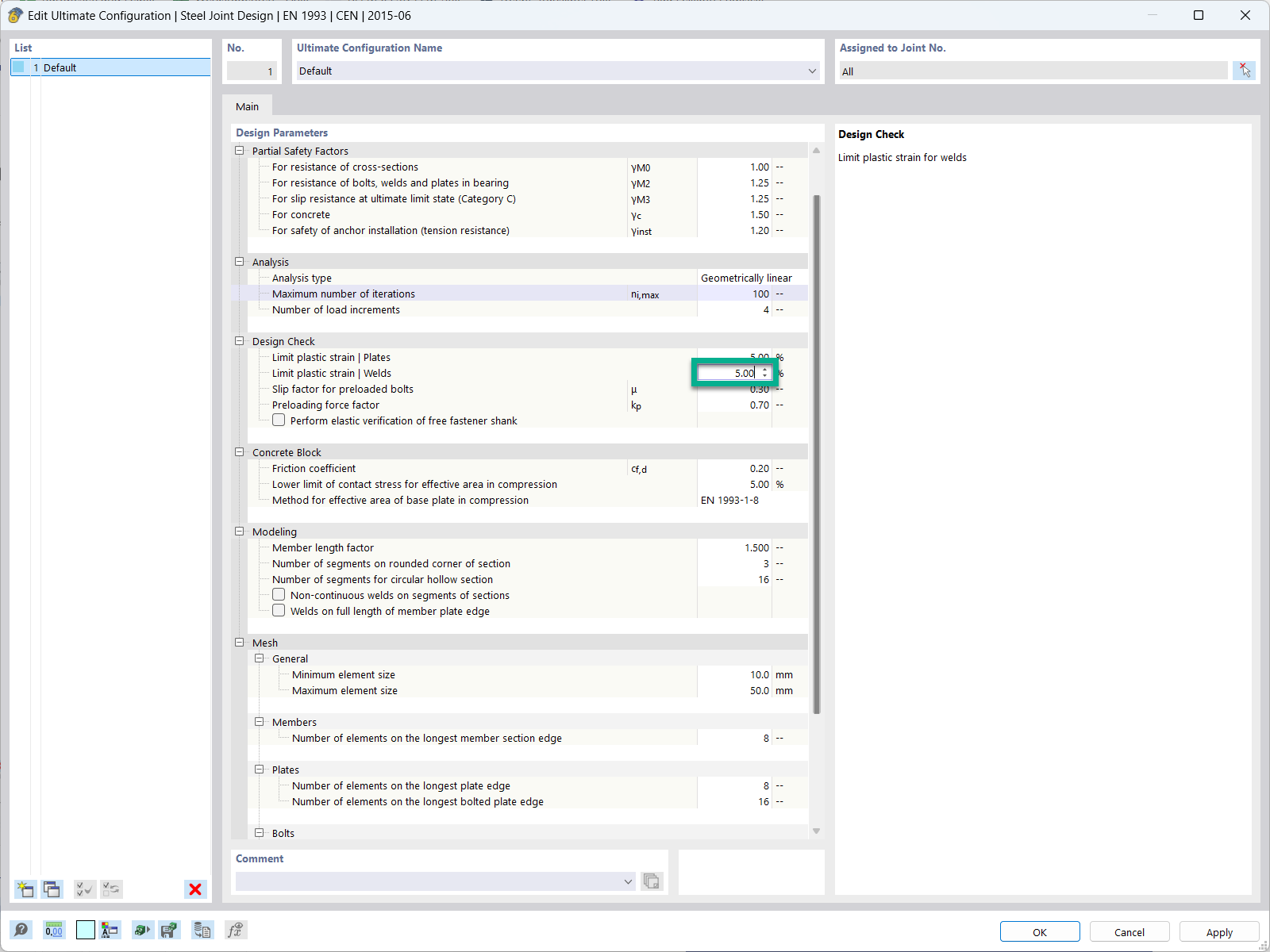

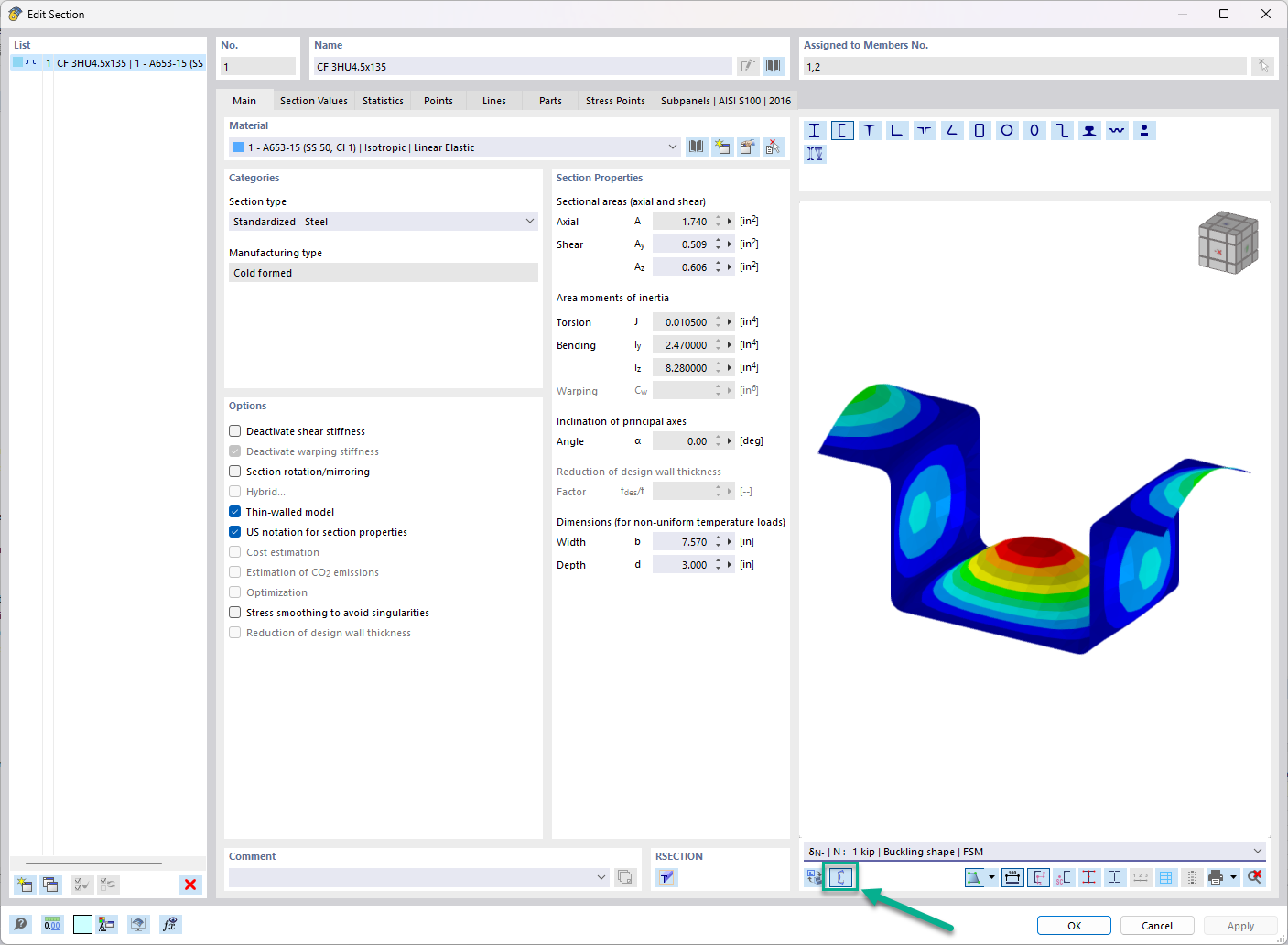



_1.jpg?mw=350&hash=ab2086621f4e50c8c8fb8f3c211a22bc246e0552)




-querkraft-hertha-hurnaus.jpg?mw=350&hash=3306957537863c7a7dc17160e2ced5806b35a7fb)